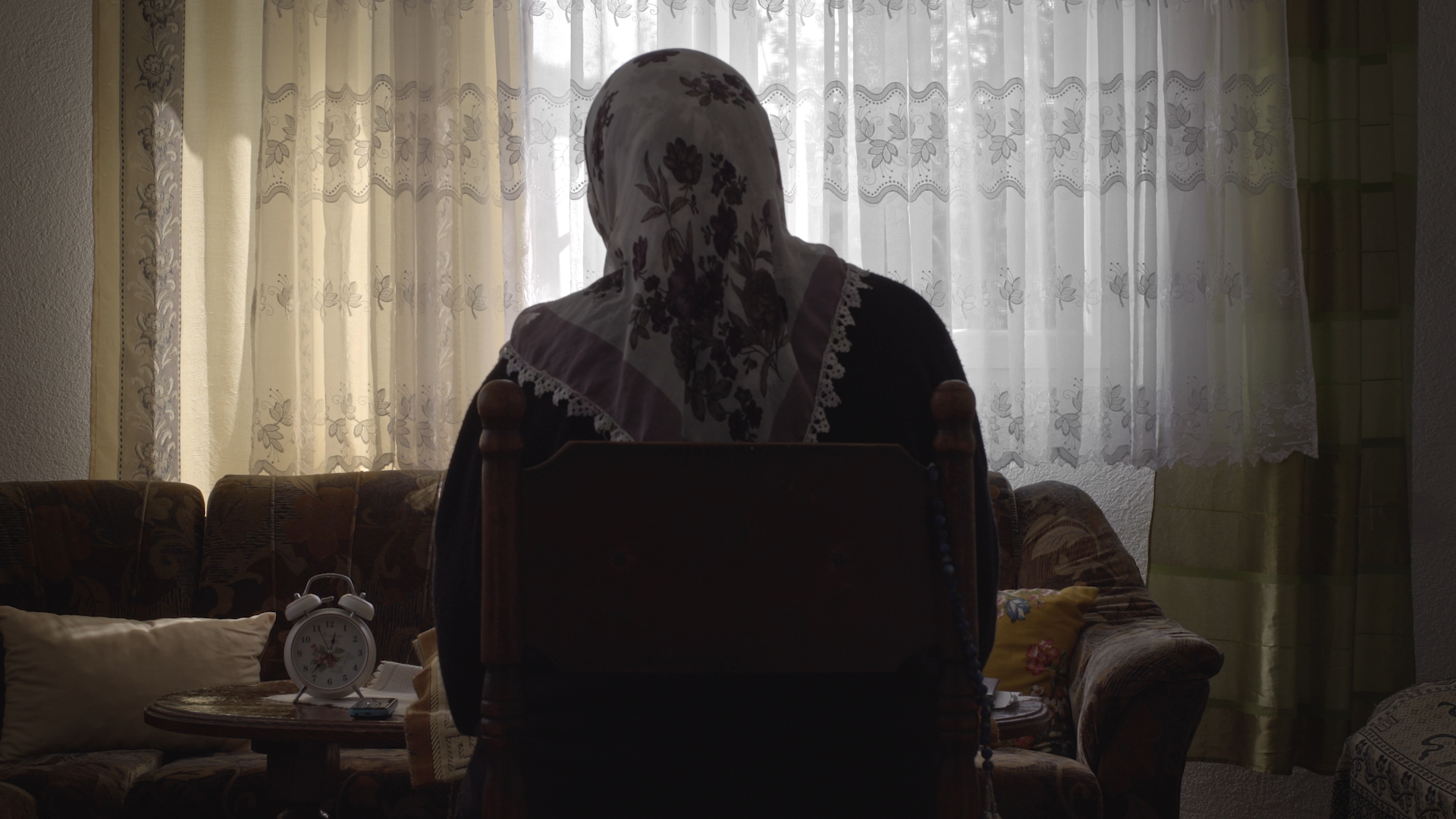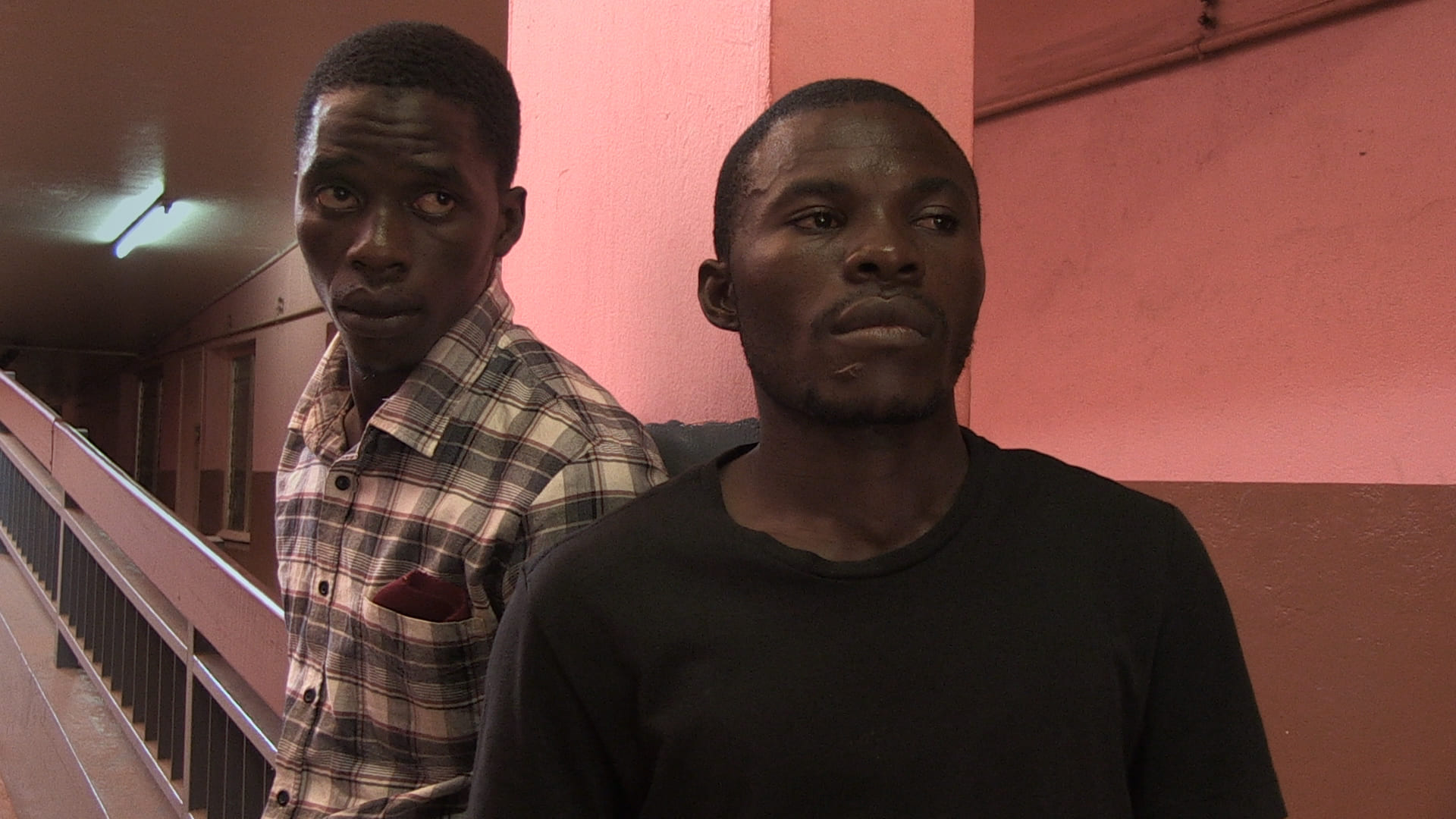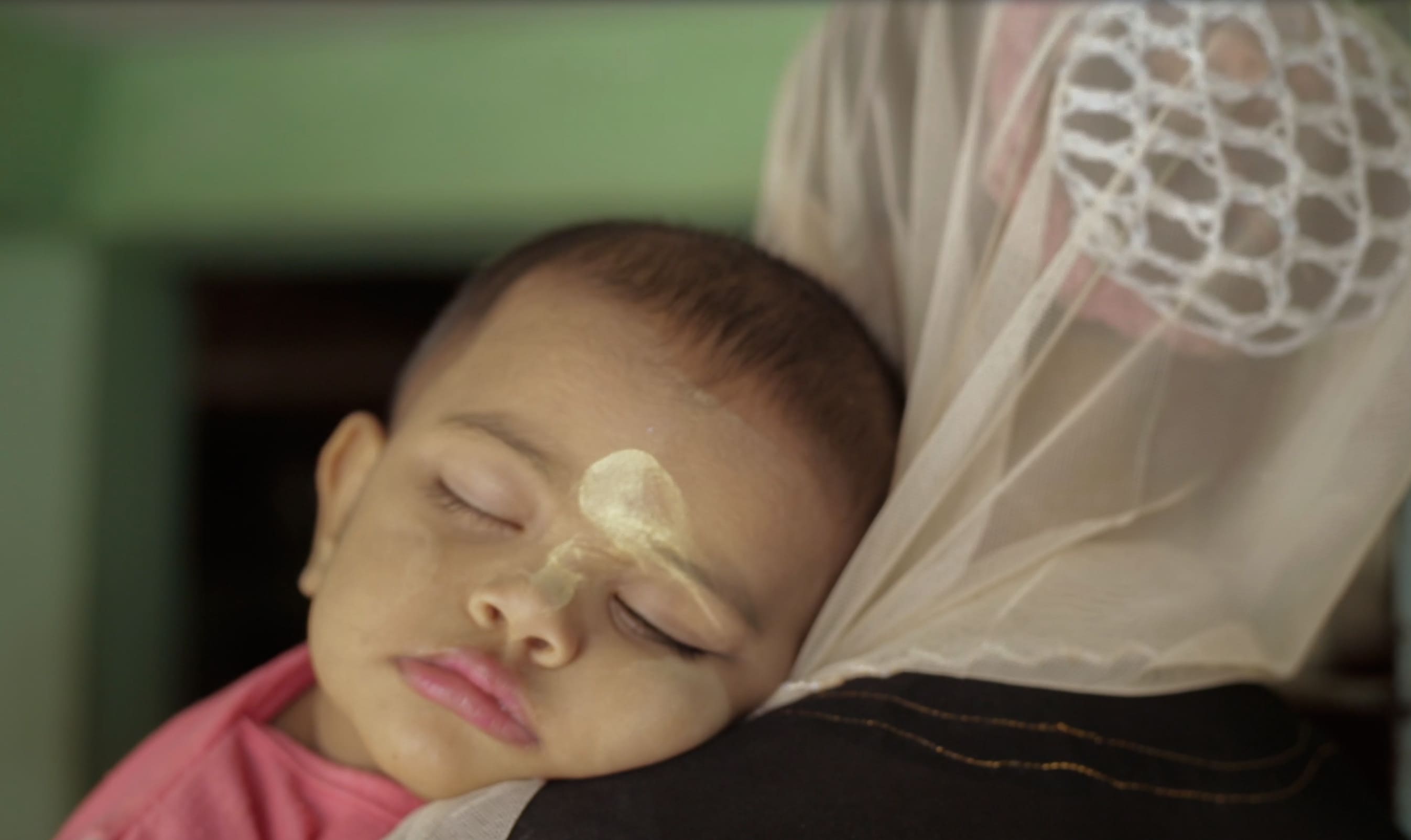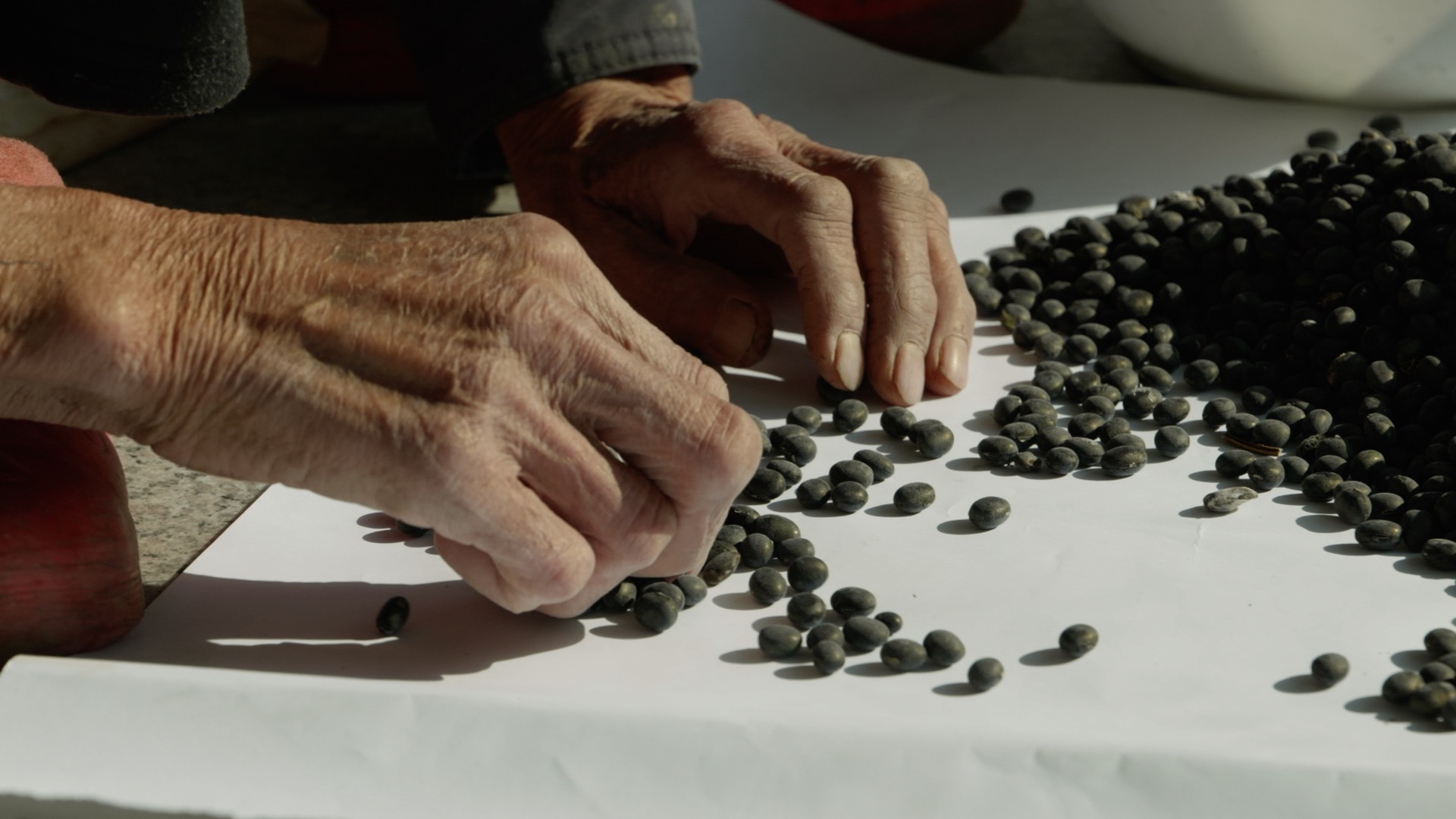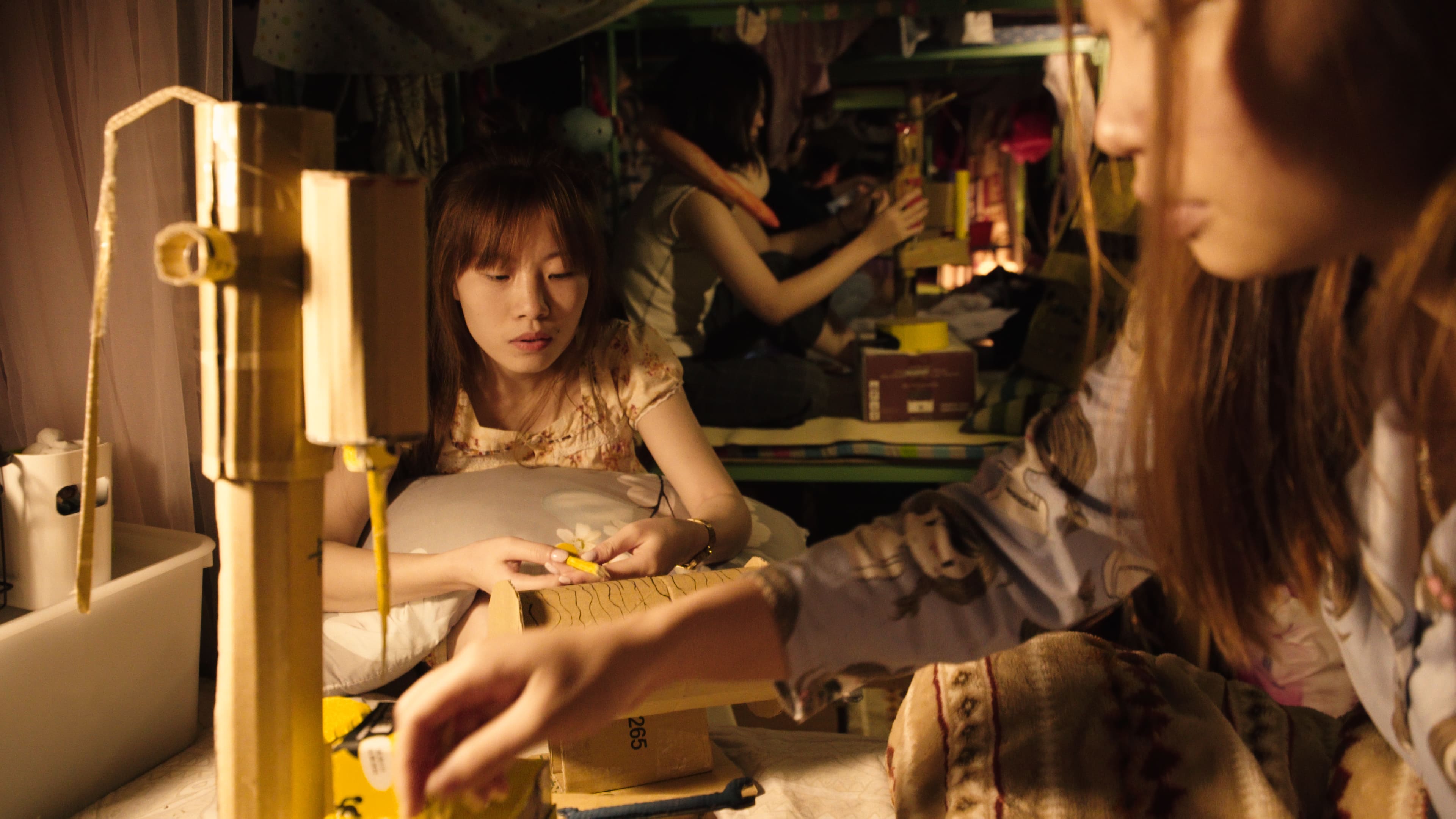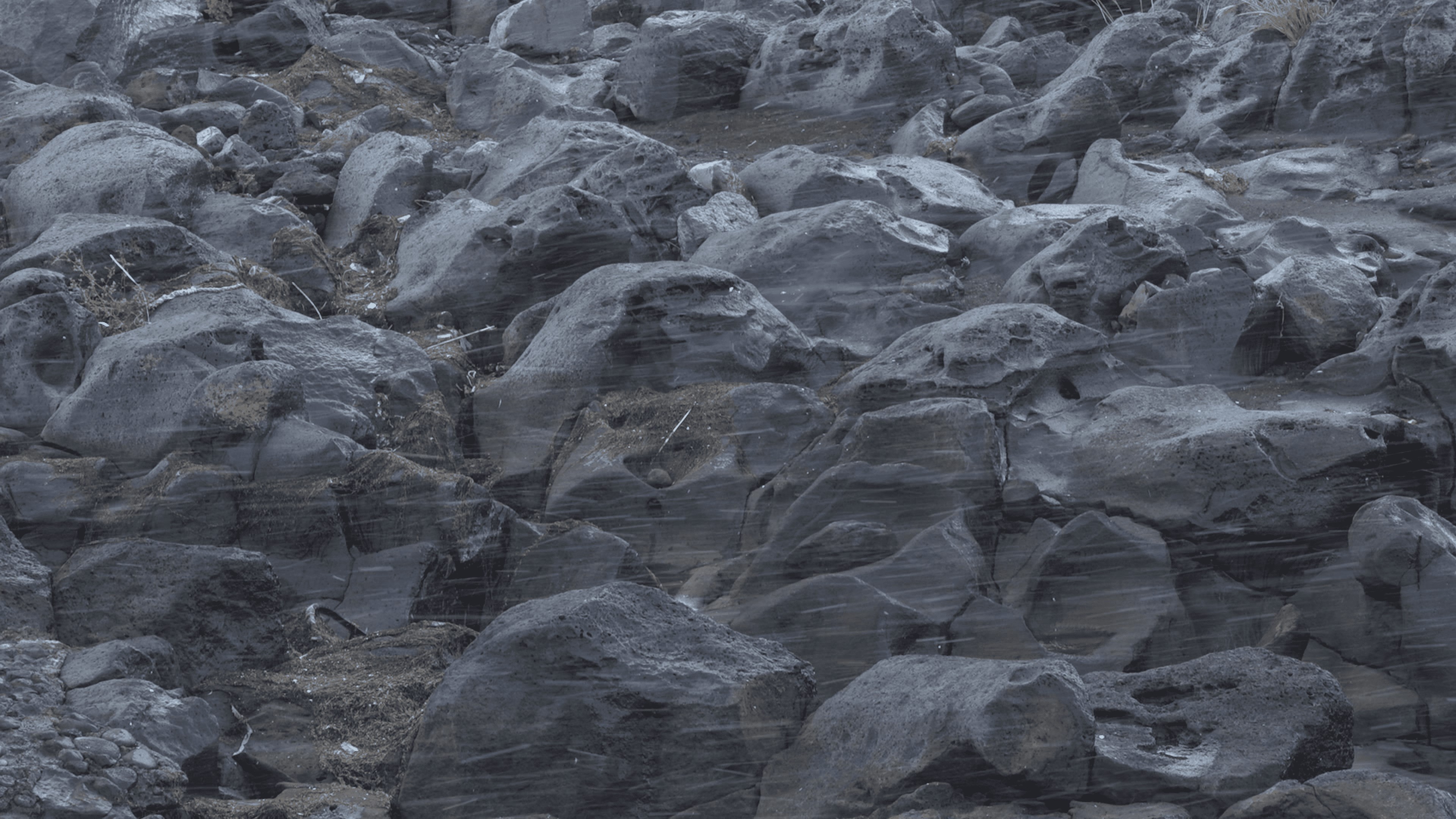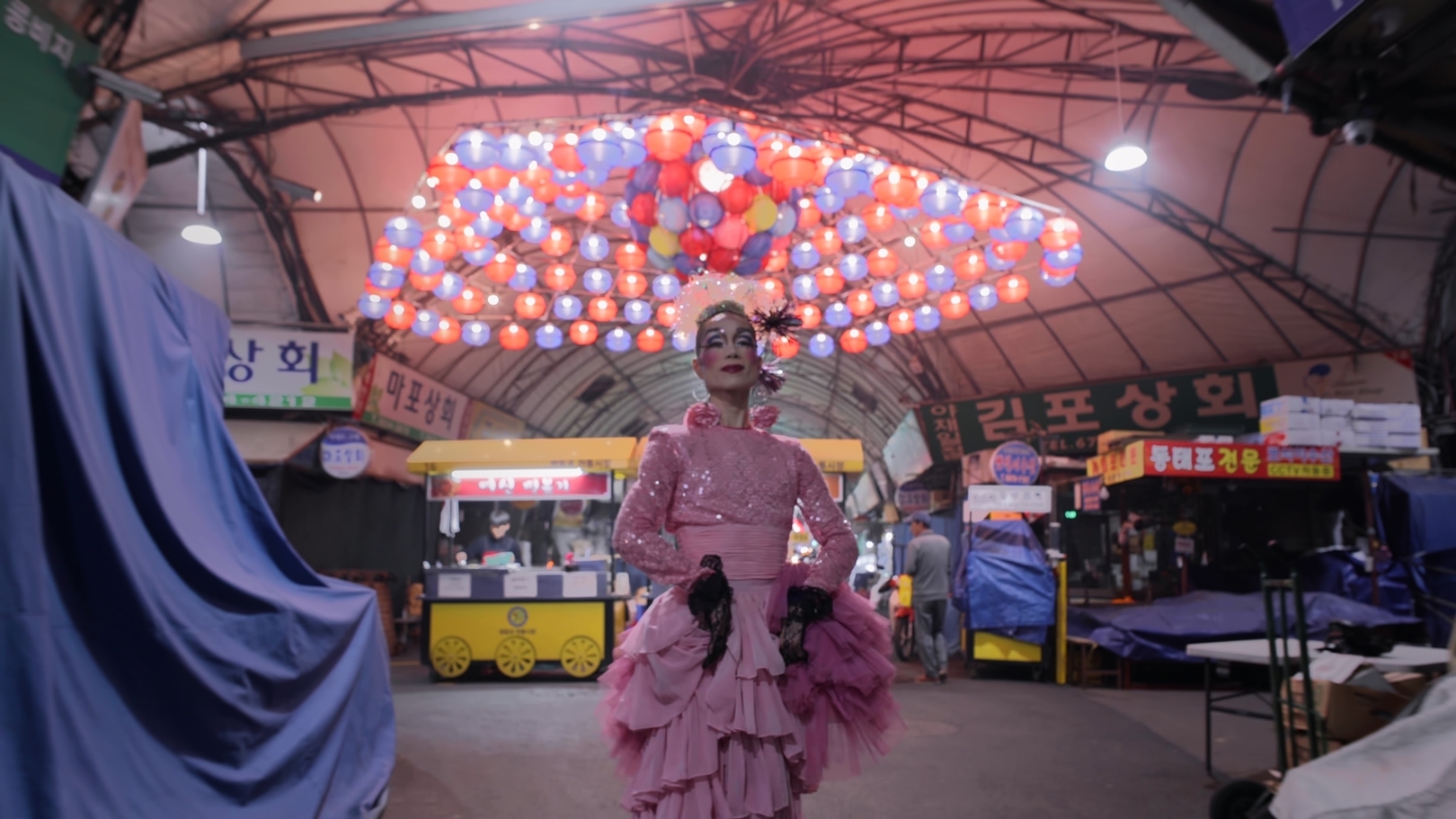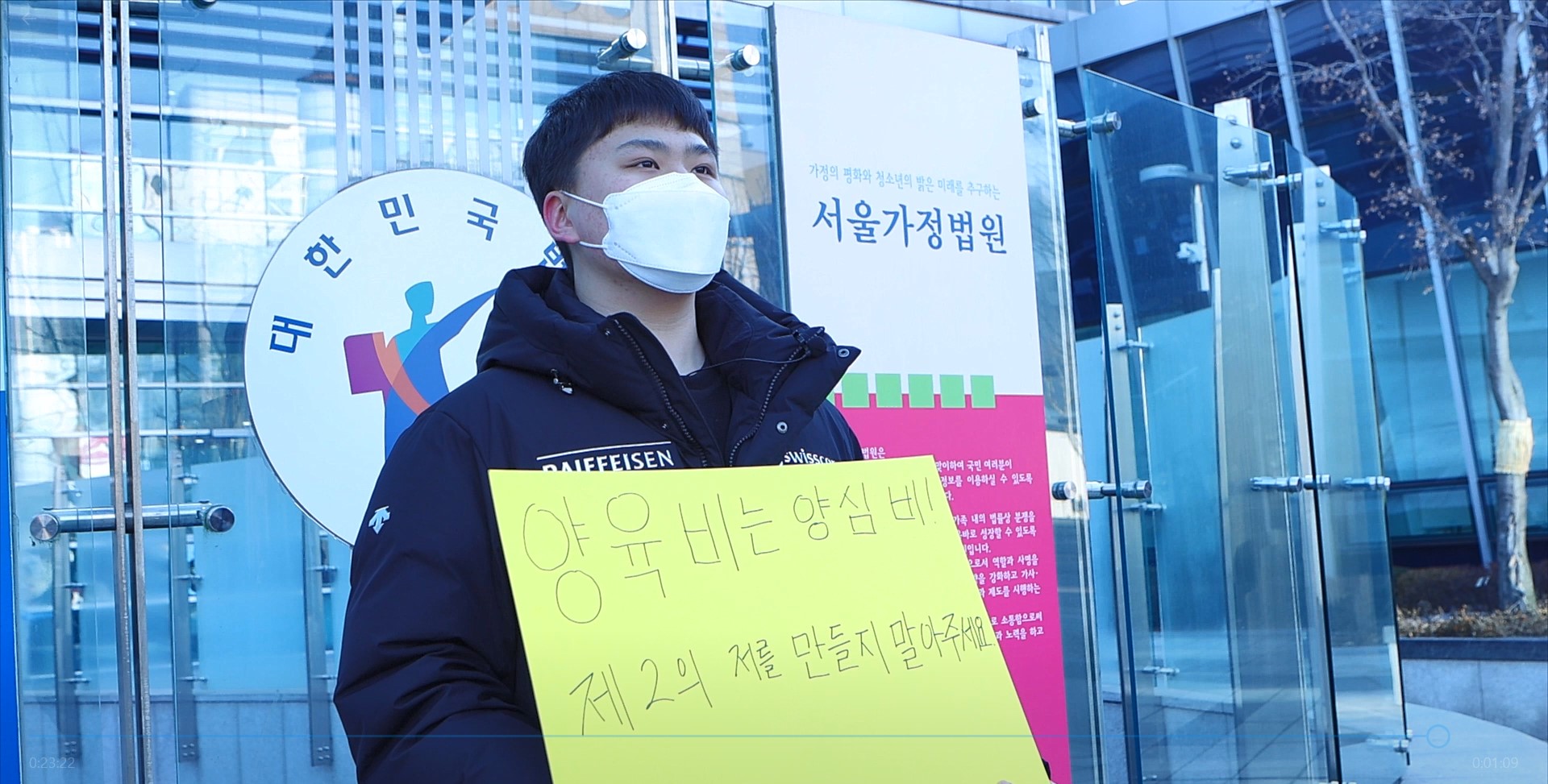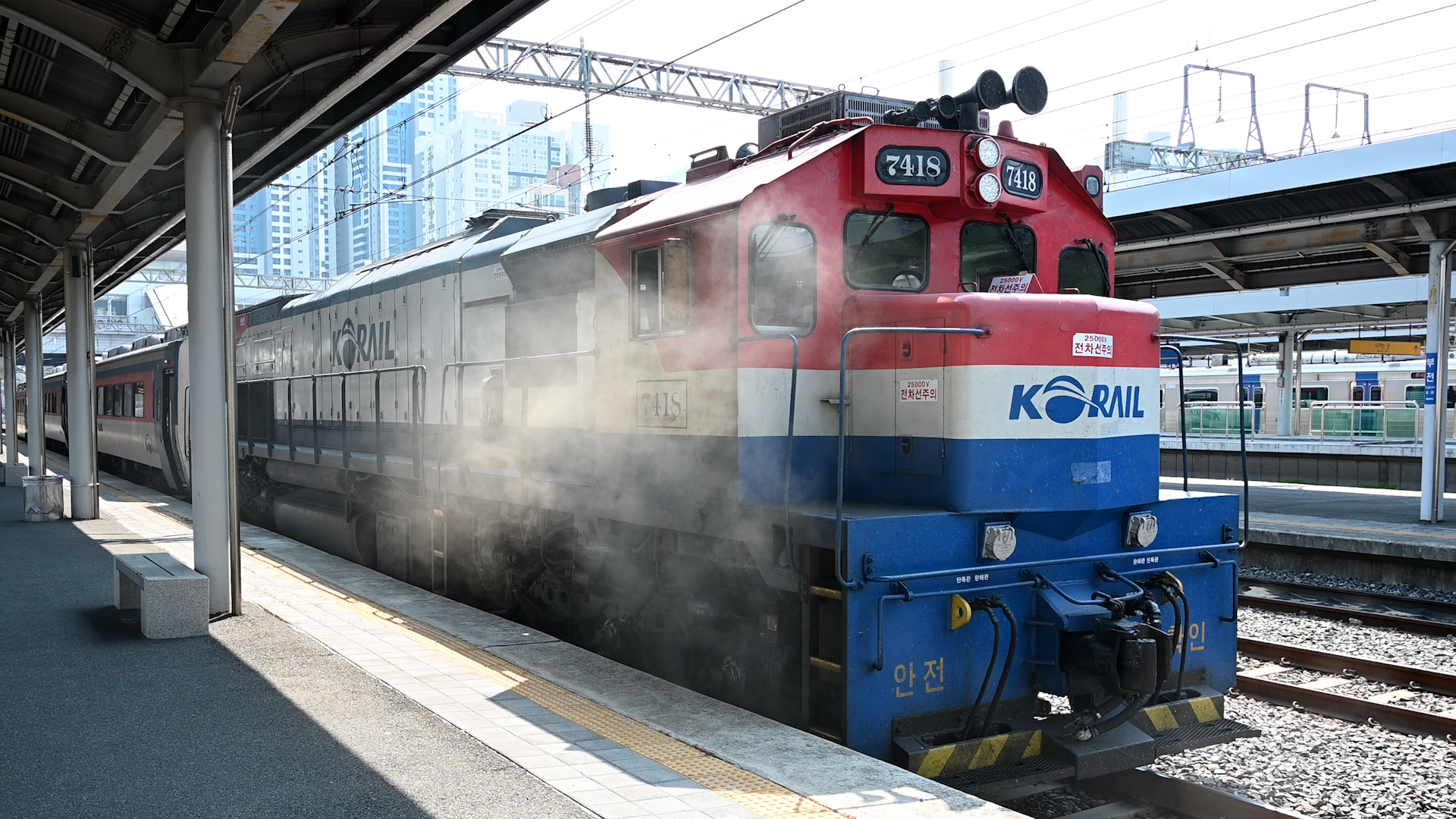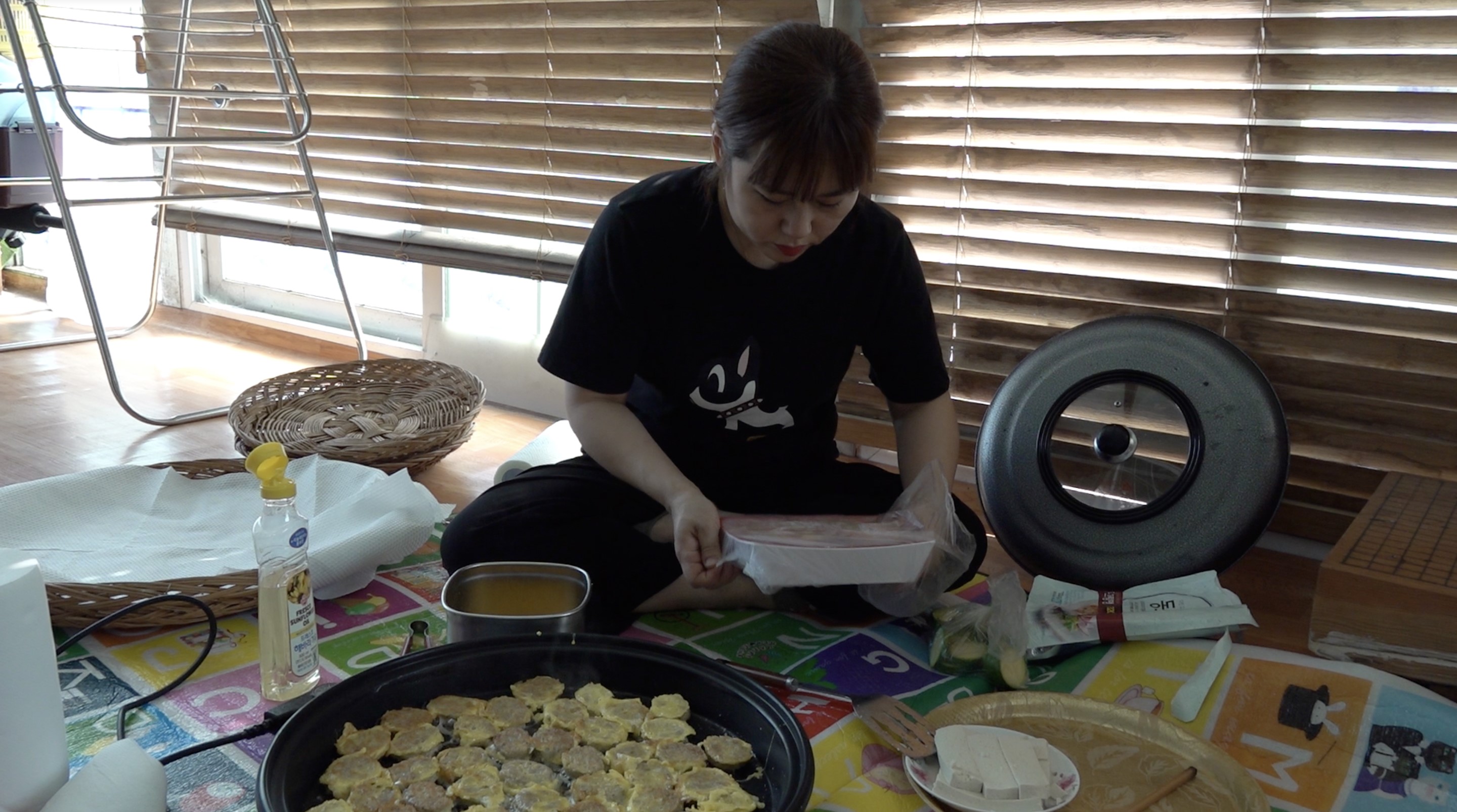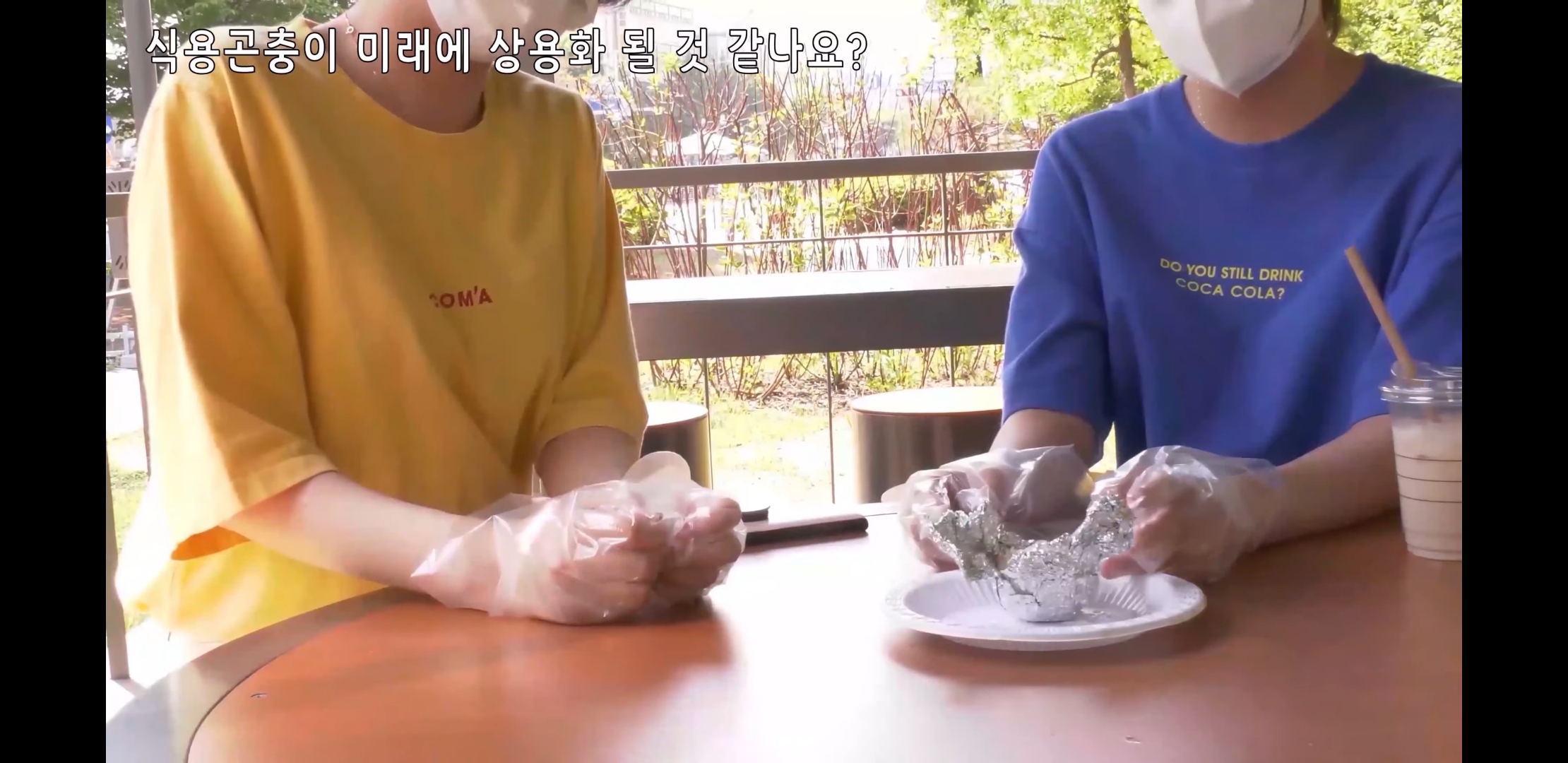International Competition
Grand Prize
Disturbed Earth
- Bosnia and Herzegovina, Spain, North Macedonia
- 2021
- 72min
- 12 +
- DCP
- color
As the film begins, a huge truck followed by a few cars approaches the camera very slowly. The funeral procession, which is slow enough to make it feel like an unrealistic scene, comes from an actual event that was even more unrealistic and brutal. In July 1995, civil war broke out in Srebrenica, a border town in Bosnia and Herzegovina, which resulted in a massacre, killing 8,372 people. It took a long time for the truth of the massacre to be revealed, and it was not until 2015, 20 years after the excavated remains were buried. Starting with the funeral procession that was intended to comfort the victims and their families, Disturbed Earth goes on a journey to look back on the past and face the present of the survivors. Capturing the lives of those who have experienced indescribable events, this film is not a series of passion and anger but juxtaposes the silence of those who have suffered and the power of the nature in which they live. The archived images presented together in it give strength to the stillness.
Director
-
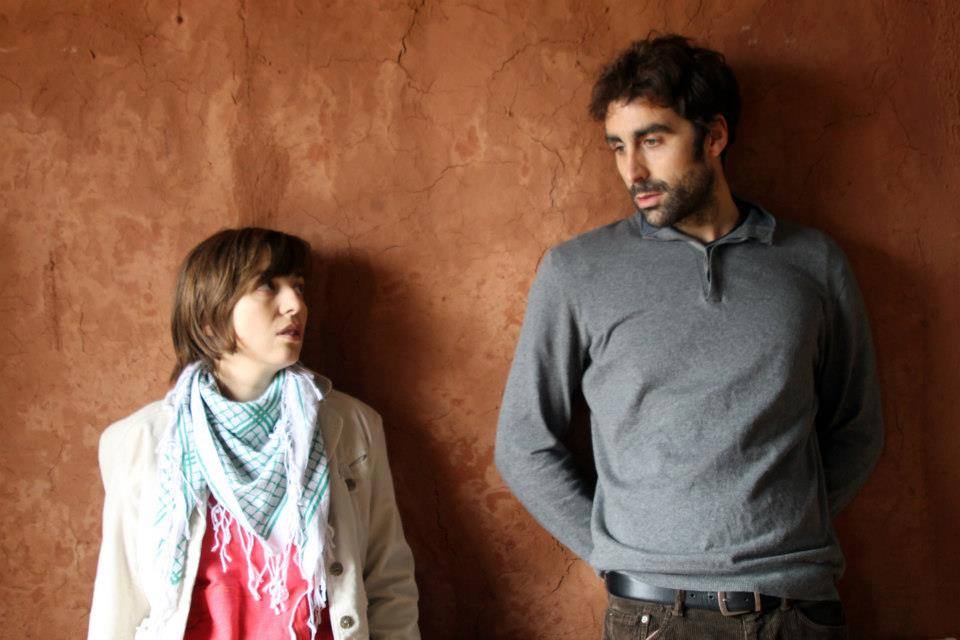
Kumjana NOVAKOVA
Novakova has worked in the field of film and arts since 2006. In 2006, she co-founded the Pravo Ljudski Film Festival in Sarajevo, and acts as its chief curator and director. -
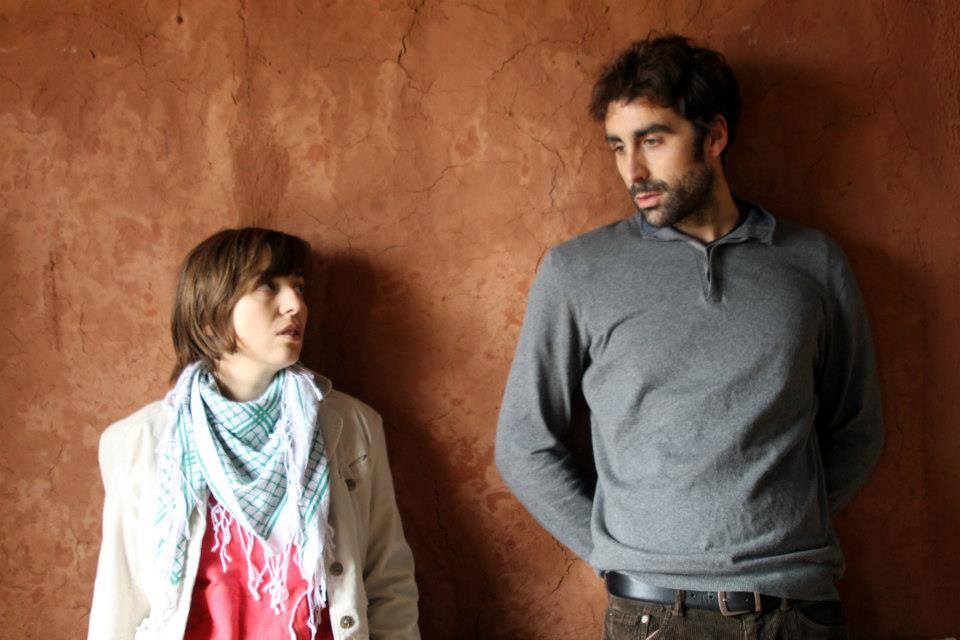
Guillermo CARRERAS-CANDI
Guillermo Carreras-Candi is a creative executive and independent filmmaker living in Barcelona. In the Balkan region he made his graduation film Tragovi(2010), video exhibition Eho Tragova(2011) and When Cloud Burst(2014).
Credit
Special Jury Award
We, Students!
- Central African Republic , France, Democratic Republic of Congo, Saudi Arabia
- 2022
- 82min
- 12 +
- DCP
- color
Students at Bangui University in Central African Republic ponder why they are currently poor, unable to get a decent job, and unable to lead a stable life. Of course, it's not that difficult for them to find answers to those questions. They know it's because of the corruption and inability of their national government to decide everything they've never been able to choose. The director frankly captures the actual daily life of himself and his friends on camera and shows how intimately what he thought were external factors intruded into the individual. Even when it is difficult to expect and hope that they will be able to live with their loved ones for a long time and be able to lead their own families they don't blame all the problems on themselves, and they seriously think about how to get out of this pit. The film tells the story of young people of the present age and shouts out a story that we can sympathize with even in unfamiliar landscape. Even if it's a generation that seems to have lost everything, that's not all.
Director
-

Rafiki FARIALA
Rafiki Fariala arrived early in the Central African Republic, where his parents took refuge because of the war. In 2013, under the pseudonym RAFIKI - RH20, he records his first piece Why war? which becomes a hit.
Credit
Asian Competition
Grand Prize
Midwives
- Myanmar, Germany, Canada
- 2022
- 91min
- 15 +
- DCP
- color
Thinking of discrimination as simple as choosing a side is like closing your eyes to what could be at its extremes. This is because it is easy to forget in this simplification that discrimination can cost someone a life. The life of the Rohingya, an ethnic minority in Myanmar, is a brutally explicit portrayal of the dangers of discrimination and exclusion. The Muslim Rohingya live in complete isolation in the Buddhist country of Myanmar, and their lives are threatened. As Muslims, the Rohingya live in complete isolation in the Buddhist country of Myanmar, and their lives are threatened. The film slowly shows the everyday attacks on them. Recognizing that their deaths are not so unusual, those who hate them set fire to their living quarters and deprive them of proper medical benefits. Two women of different religions work through this horrific situation together, firmly believing in the natural but dangerous truth that at least no one should die easily. Their challenge is a desperate gesture that saves some but puts others to shame.
Director
-

Snow Hnin Ei HLAING
Snow Hnin Ei Hlaing has worked as a freelance filmmaker in Myanmar since 2006, acting as director, producer, editor, and sound recordist after attending film schools in both Myanmar and Germany. Her documentary short Burmese Butterfly played festivals in more than 20 countries. Midwives is her feature documentary debut.
Credit
Korean Competition
Grand Prize
Time of Seeds
- South Korea
- 2022
- 98min
- G
- DCP
- color
Advent of spring, rain water, stirring of insects. Time of Seeds is a film that takes modern people who cannot fully enjoy the four seasons through the tight 24 solar terms. There are two farmers, Yoon Gyu-sang and Jang Gwi-deok who have received and planted their own seeds for decades, and people who are looking for the native seeds that their labors have kept. The camera watches the old farmers plowing the soil close to the ground, the young farmers planting native seeds received from them, the sense of distinguishing the sounds of swallow beans, pumpkin seeds, and birds, and the landscape of land being frozen and thawed. Often, the KTX passes quickly behind the farmers and high-rise apartments are built, which seems to quietly appeal to the fact that watching their labors is “watching the end of an era”. At the end of the film, there is a moment when you realize that the seeds, not the farmer, as a moving being, is truly leading the time of the film. It literally is about time of seeds. It is a film that tries to recover this precious sense of nature.
Director
-
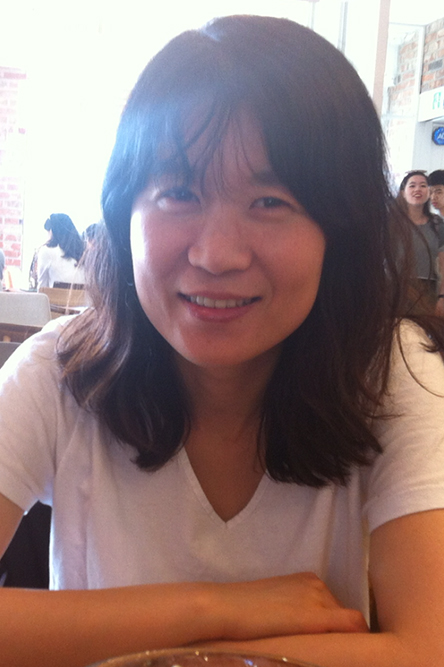
SEOL Suan
She received M.A. in Filmmaking (Screen Documentary) at Goldsmiths, University of London. She directed Complicated Order(2007), Kungfu Tea(2017), and The Uncomfortable(2019).Time of Seeds(2022) is her first feature documentary.
Credit
Shorts Competition
Grand Prize
Dorm
- Taiwan
- 2021
- 54min
- 12 +
- DCP
- color
The dormitory is always as dark as night. This is because there is always someone sleeping due to their three-shift work. Dorm depicts Vietnamese female workers living in a dark dormitory. This dormitory is a bit strange. Overall, it is like a cave made of odds and ends, and in the center there is something that looks like a bizarre creature. Here, workers prepare for a strike, talking about the poor working conditions and hard life. To be more accurate, they put together a performance. They rehearse lines and reproduce situations. The purpose of this performance, however, does not seem to lie in creating a decent play. The dormitory is not a theater stage all set, but a communal space where individual conversations, everyday gestures, diverging views and exploding emotions swirl around. The film was made at a migrant worker workshop, and the pouring light in the second half leaves a deep impression.
Director
-

SO Yo Hen
Your Bros. filmmaking group is an informal filmmaking group formed by three amateurs from a different field of ar. We focus on field research during the process of filmmaking, creative workshops, unforeseen circumstances, flexible scripts that can be changed in different situations.
Credit
Special Jury Award
Nameless Syndrome
- South Korea
- 2022
- 24min
- 12 +
- DCP
- color
Nameless Syndrom is a work that traces an anonymous disease that makes humans sick with pain of unknown cause. It was exhibited in the ‘Art Spectrum’ of the Leeum Museum of Art, designed to discover and support young artists, and won the Artist of the Year award. Its narrative consists of five sub-titled chapters, each of which sems to evoke, elicit or deviate from the preceding. All the characters are women, and one of them takes on the role of the narrator, offering exposition, commentary, and questions, and it also contains reenactments based on the author's research and interviews. The audiovisual motif that presides over the whole work can be said to be reflection, where images reflect or face each other on the surface of mirrors, windows, and water. It embodies the metaphor of women who have suffered physically, socially, and politically through the play of texts and images, away from the logic of causality.
Director
-
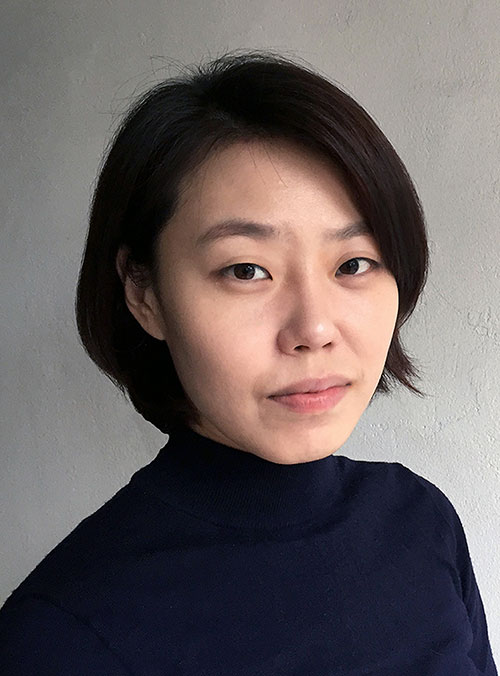
CHA Jeamin
Born in South Korea, 1986. Cha Jaemin is a media artist and filmmaker who explores how social structures and institutions intervene in the body, emotions, and ethics of care. His works—often essayistic in form and based on video installations—visually articulate the layers of materiality, transience, and unstable sensations.
Credit
Special Award
Emerging Documentary Filmmaker Award
Home Ground
- South Korea
- 2022
- 74min
- 12 +
- DCP
- color/black and white
In 1996, Korea's first lesbian bar, Lesbos opened. ‘Myung-woo’, who runs the bar that reopened in 2019, is struggling to protect it amid the Coronavirus crisis. The film reflects on the three spaces that performed similar roles to that of Lesbos through reenactments and interviews. In the 1970s, lesbians used to spend time at Chanel, a women-only coffee shop in Myeong-dong. In the early 2000s, teenage lesbians formed a community in ‘Sinchon Park’. Myeong-woo experienced the twists and turns of lesbian-only spaces in person from the 1970s to the present as a customer of ‘Chanel’ and as the owner of ‘Lesbos’, a bar across from ‘Sinchon Park’. Even though the times and places are different, visitors remember these spaces as comfortable and safe places, and precious liberated zones which had allowed them to form their own identity. Home Ground is a film that shows the necessity and self-reliance of a lesbian community that transcends time.
Director
-
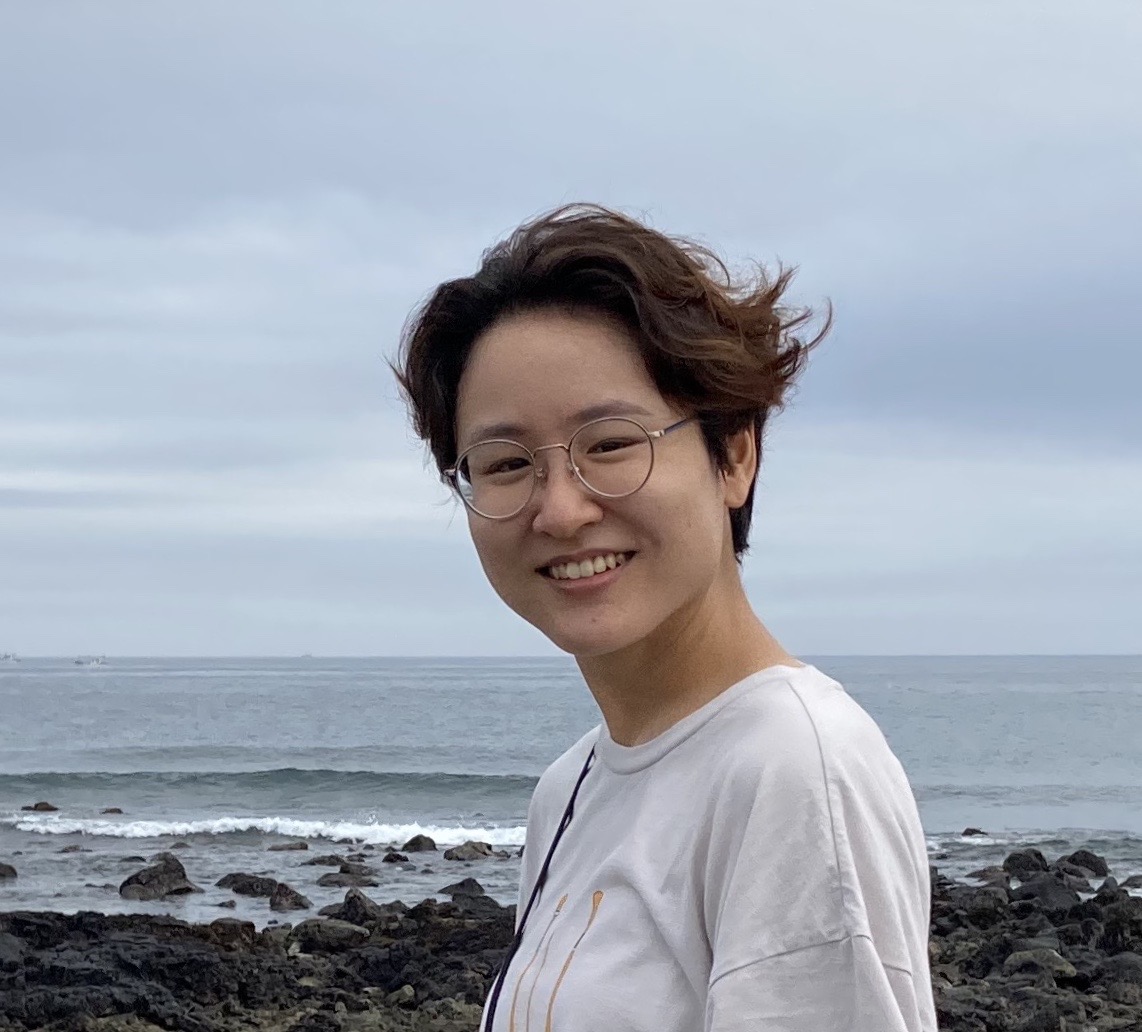
KWON Aram
She interests lie in recording the memory of queers in the other side of the cities. She co-directed To become 2(2012),Queer Room(2018) and with 463 - Poem of the Lost(2018), dealt with the story of Japanese Military Sexual Slavery of Koreans.
Credit
Brave New Docs Award
Until the Stones Speak
- South Korea
- 2022
- 100min
- 12 +
- DCP
- color
Over 100 people are gathered in the auditorium. Then the military trial begins. They are neither told what crime they are being tried for nor given a chance to defend themselves, but convicted without a simple procedure of their names being called out. They find out about their sentences only upon arriving in prison on land and are not given a proper explanation even after having served their time. A more absurd intro than the one from The Trial by Franz Kafka, but this is reality, not fiction. Until the Stones Speak calmly follows the testimony of five grandmothers who were embroiled in the Jeju 4.3 and had to remain silent since. While beaches with waves and beautiful snowy mountains of Jeju Island, and the testimony overlap, some places perfectly matching the testimony. Ordinary alleys, front yards of houses, the remains of a burned down house. They appear as an everyday landscape rather than a mere footage, sometimes watching the audience as witnesses with historical layers. This simple composition effectively embodies the meticulous approach of the film to the heart of the Jeju 4.3.
Director
-
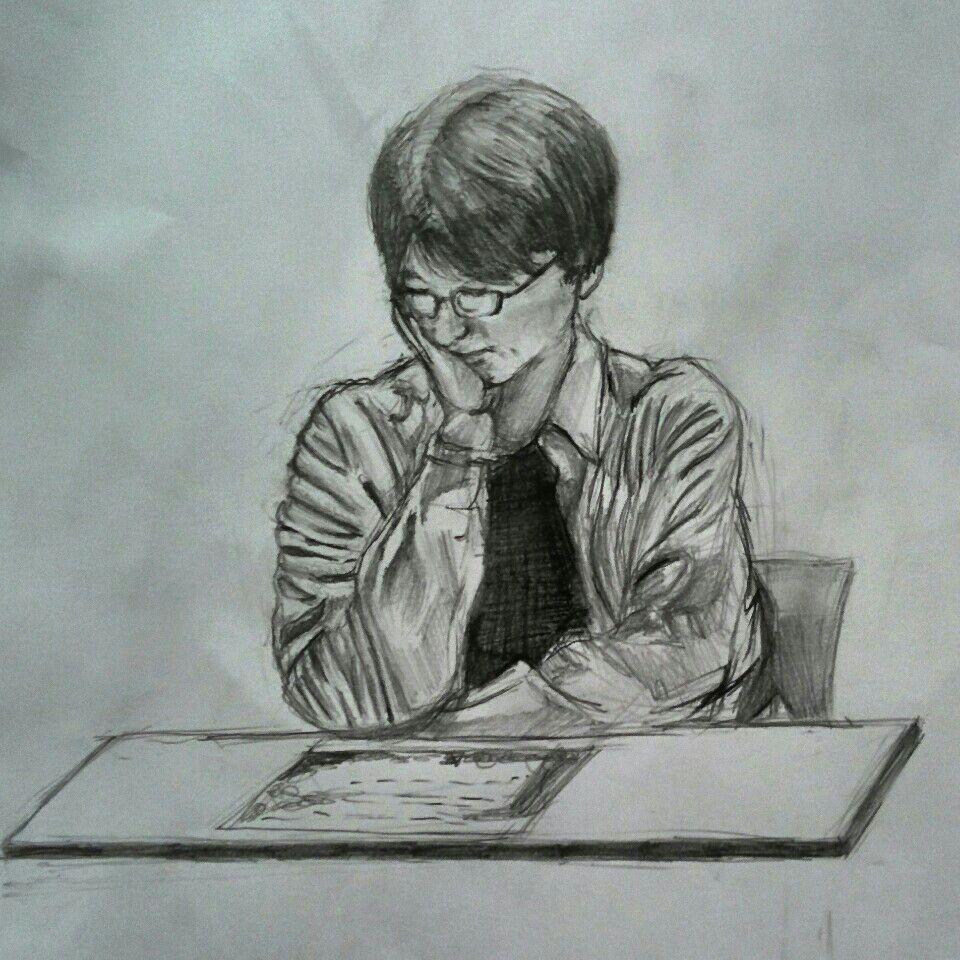
KIM Kyungman
Credit
Beautiful New Docs Award
Melting Icecream
- South Korea
- 2021
- 70min
- 12 +
- DCP
- black and white
If damages to the film derive from natural disasters, the damages to the memory derive from repressed history. As this is the case, their restoration will be two qualitatively different processes. Yet, the distorted images caused by film damage refresh a social memory and the contents of the film create irony in the status of the historical memory. When you place the photographs in water to separate the pages stuck together by flood it can melt the images that could be recognized, so a way to present them is by scanning the stuck photographs as is after increasing their transparency. Interviews of people who were filming the strikes of 1980’s, the images of strike against turning workers into non-regular workers from the Newscham Archive, and the scenes shot by the director arrive in their own form, each at the risk of suffering damage. However, these images, like the photographs that have been increased in transparency while being stuck back to back, imprint upon us like a single image of Korean society. When the countdown in the ending credit reaches 0, the hierarchy produced in the name of democracy─that memory of the failed time─is brought to an end and we can no longer immerse ourselves in it. The countdown leading us to the end of the film firmly carries us to the time of the beginning.
Director
-
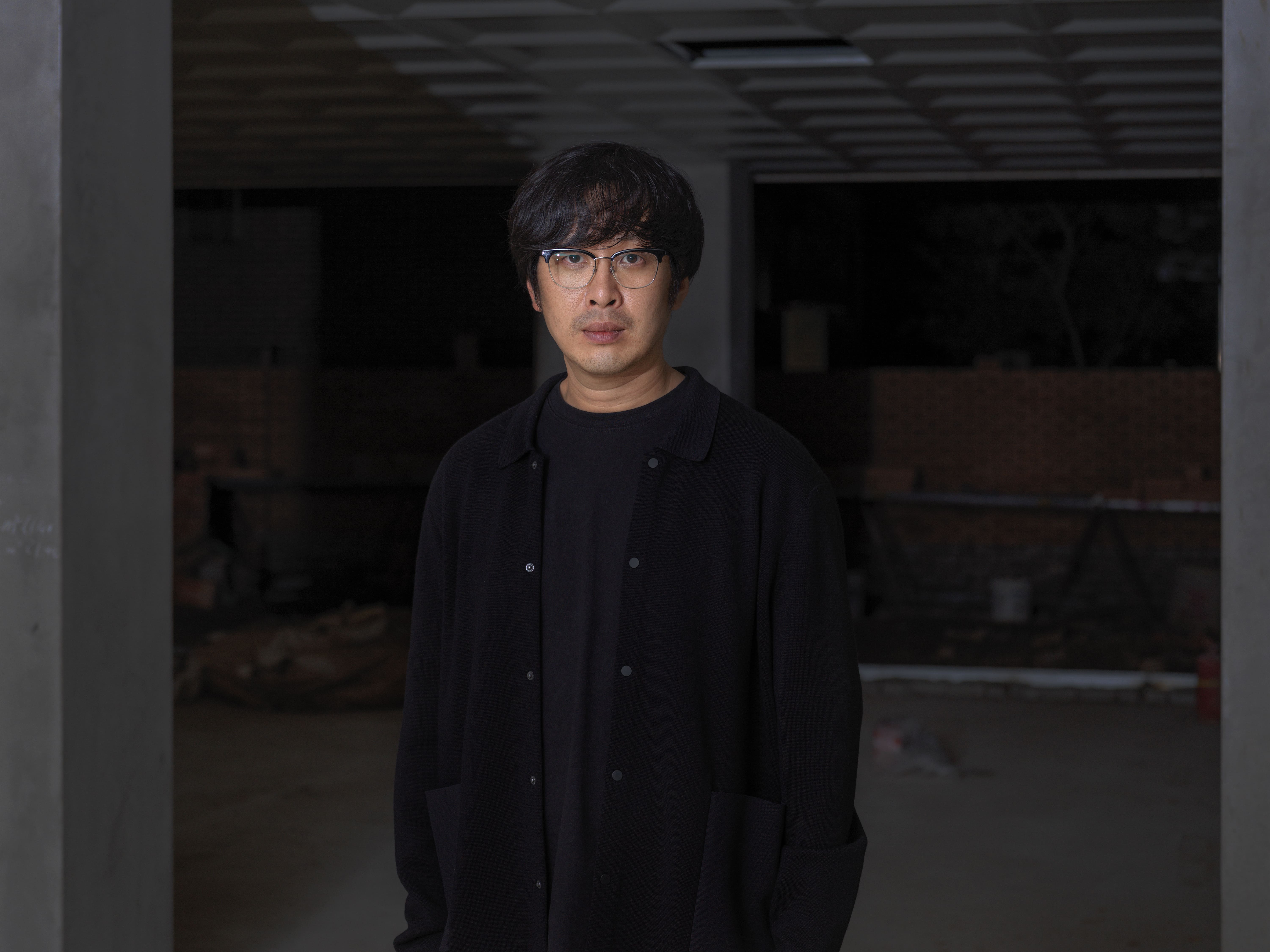
HONG Jinhwon
Born in South Korea. Hong Jinhwan is a filmmaker and visual artist who documents historical issues and social fragments through film and photography. Melting Icecream (2021) won the White Wild Goose Award at the 14th DMZ Docs, garnering domestic and international attention.
Credit
Audience Award
I am More
- South Korea
- 2021
- 90min
- 15 +
- DCP
- color/black and white
Director
-

LEE Ilha
설명 준비중입니다.
Credit
Next Award
Home Ground
- South Korea
- 2022
- 74min
- 12 +
- DCP
- color/black and white
In 1996, Korea's first lesbian bar, Lesbos opened. ‘Myung-woo’, who runs the bar that reopened in 2019, is struggling to protect it amid the Coronavirus crisis. The film reflects on the three spaces that performed similar roles to that of Lesbos through reenactments and interviews. In the 1970s, lesbians used to spend time at Chanel, a women-only coffee shop in Myeong-dong. In the early 2000s, teenage lesbians formed a community in ‘Sinchon Park’. Myeong-woo experienced the twists and turns of lesbian-only spaces in person from the 1970s to the present as a customer of ‘Chanel’ and as the owner of ‘Lesbos’, a bar across from ‘Sinchon Park’. Even though the times and places are different, visitors remember these spaces as comfortable and safe places, and precious liberated zones which had allowed them to form their own identity. Home Ground is a film that shows the necessity and self-reliance of a lesbian community that transcends time.
Director
-

KWON Aram
She interests lie in recording the memory of queers in the other side of the cities. She co-directed To become 2(2012),Queer Room(2018) and with 463 - Poem of the Lost(2018), dealt with the story of Japanese Military Sexual Slavery of Koreans.
Credit
Youth Docs
Infinite Imagination Awardn
Bad Father
- South Korea
- 2022
- 24min
- G
- DCP
- color
Director PARK Yoon Sung listens to stories of people who have gone through similar situations as he ponders over the non-payment of child support he and his mother is experiencing. He tries to solve this problem a little more aggressively, but the more he learned about it, the more complicated it gets. The film tells the story of an individual about non-payment of child support in a calm and bold manner and wants to broadly expand this into a social discourse. The director makes a film as delicately as a letter he wrote when he was young and sends it to the world. Anticipation for a documentary film is rising as to what kind of reply he will receive after sending a letter to the world in his own way.
Director
-

PARK Yoonsung
Park is currently enrolled as a junior in Anyang Arts High School. He became interested in the world of documentaries after making a short film on his family trip as a part of his film class in his sophomore year. Park started to map out his idea in his sophomore year, and that’s how Bad Fathers was made. Park enjoys sharing his stories with others through film.
Credit
Beyond Creativity Award
Goodbye, Mugunghwa-Ho
- South Korea
- 2022
- 17min
- G
- DCP
- color
The film begins with the news that the Mugunghwa-Ho, a class of the trains in South Korea, is scheduled to disappear in 2030. With the conversation between the director and his friends as the background, it depicts the Mugunghwa-Ho, the passengers, and the scenery reflected in the train, and talk about the memories of riding the Mugunghwa-Ho for the first time, its detailed exterior and various landscape outside along its route. Audiences who listen to their conversation will also be able to enjoy the warm and fond memories of each of the Mugunghwa-Ho and the old trains. In an era when the 'romantic' mentioned in movies disappears and everything is fast and uniform, the director and his friends seem to be telling us not to lose this romance. In a world where only speed is considered the best, the film asks about your own speed and sensitivity through the story contained in Mungunghwa-Ho.
Director
-

HAN Jinseop
Han is a free soul who loves to travel. He crisscrosses the entire country of South Korea.
Credit
Young Perspective Award
Do You Know Bechdel?
- South Korea
- 2022
- 9min
- G
- DCP
- color
The filmmaker asks the interviewees about the Bechdel Test to explore the meaning of the test and the social phenomenon and to engage with the reflective discussions on gender discrimination, based on various data and materials. The film adopts a unique approach to utilize a conversational format and create stories in remote situations. The filmmaker’s simple way of provoking curiosity and motivation regarding the unfamiliar term leads to a continued engagement with the film. By talking about the Bechdel Test, the filmmaker links the social problem to a more popular subject, namely “the movies,” which draws the attention to and invites us to reflect deeply upon the concept of gender equality.
Director
-
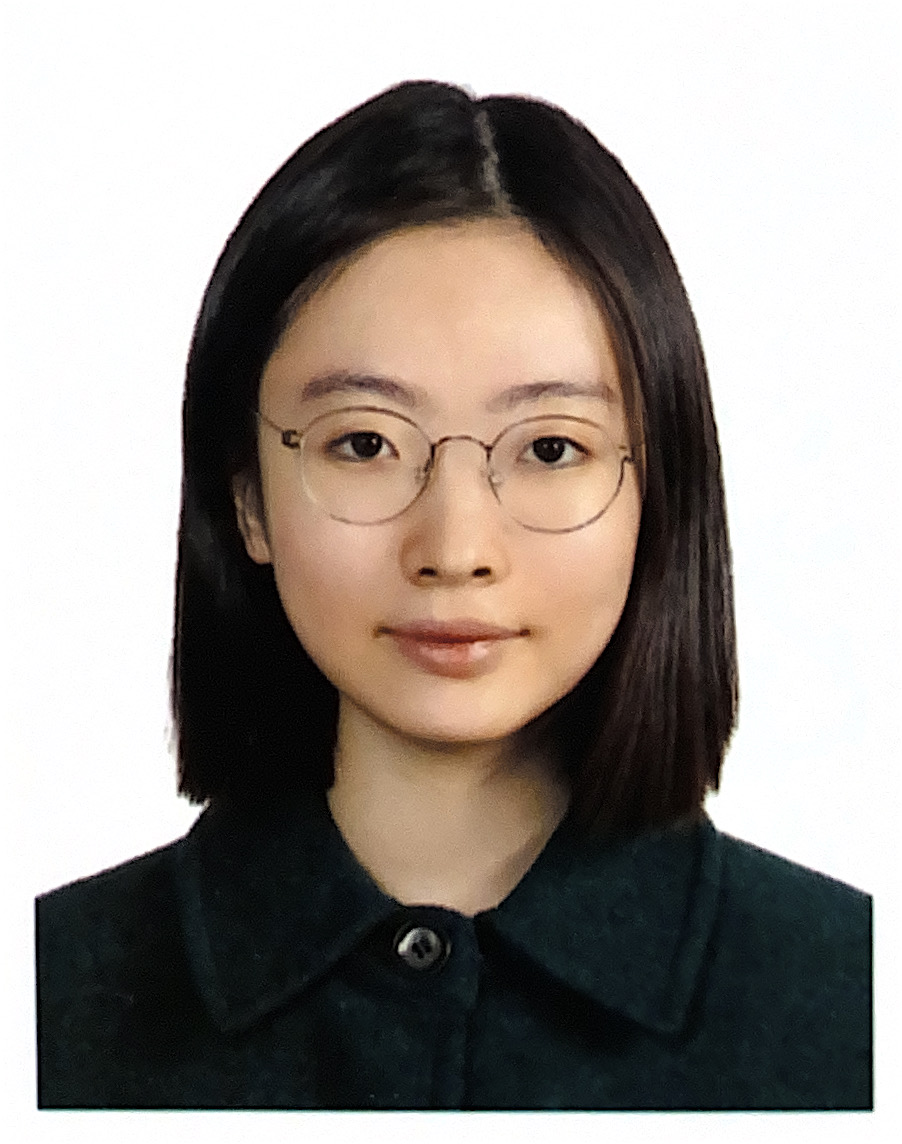
MIN Juhong
In her third year at Hankuk Academy of Foreign Studies, MIN Juhong aims to major in film. MIN has been writing novels since she was 5 and has never stopped exploring the contradictions and irrationalities of the society.
Credit
If This is Love,
- South Korea
- 2022
- 17min
- G
- DCP
- color
The filmmaker, a senior at a boarding high school in Sancheong, Gyeongsangnam-do, interviews her friends on the subject of “fangirling,” and talks about the ways of fangirling, what they get out of it, what others think of it, and the relationship of fangirling and the lives of the students. Although the subject of fandom culture enjoyed by students has been addressed in many existing works, this film goes as far as exploring the human desires and the pursuit of happiness, not to mention that it touches upon the feelings of lacking shared by the students of the boarding school. Despite the latter part of the film that feels rather rough and beats around the bush, this impressive work attempts to connect the reality of life to the knowledge of it, while making us rethink the lives of the senior year high school students in Korea.
Director
-

PARK Soeun
Park is a nineteen-year-old who fangirls. She currently goes to Jirisan High School. Under her motto, “fangirling is my life,” she spends more time geeking out with friends than studying.
Credit
Super Woman
- South Korea
- 2022
- 9min
- G
- DCP
- color
The film, in which the director metaphorically calls her mother a superwoman, shows the difficulties her mother faces in the culture of Korean ancestral rites. Her grandfather said that the family ritual should be performed properly no matter what happens, but once filming begins, he changes the saying that the culture of ancestral rites must change according to the times. The film revolves around a grandfather who has such a mindset and a mother who silently prepares for the ancestral rites. The director's voice, which alternately asks her mother and grandfather about the role of daughter-in-law and the meaning of ancestral rites, disappears in the middle of the film, showing the scene of the ritual for a long time. Through the images of men eating quietly in a room and women busy preparing food in the kitchen, the film makes us think about what the culture of carefully crafted food and ancestral rites has left us.
Director
-

BAEK Jiyoon
Baek is a senior at Buyeo Girl’s High School. Super Woman is her first short documentary.
Credit
Fudge Consumption Bug Life
- South Korea
- 2021
- 27min
- G
- DCP
- color
With a critical mind toward the negative perception of the insect diet, the filmmakers look at the various facets of edible insects, such as farming, the demands, and hygiene, as well as the pros and cons, the safety, and its prospect, with multiple interviewees including the CEO of an edible insect farm, a researcher, and an insect-dish expert. Then, the filmmakers conduct an experiment with insect cookies to lower the negative feelings. From the basic research on professional materials, the interviews, and the experiment, it can be easily told that the efforts of the filmmakers in dealing with the various footage stand out. Also, the serious attitude to go deeper into a subject goes a long way. But first and foremost, the film’s persuasive logic supported by proper devices that penetrate the core idea of the documentary is what makes it such an impressive piece.
Director
-
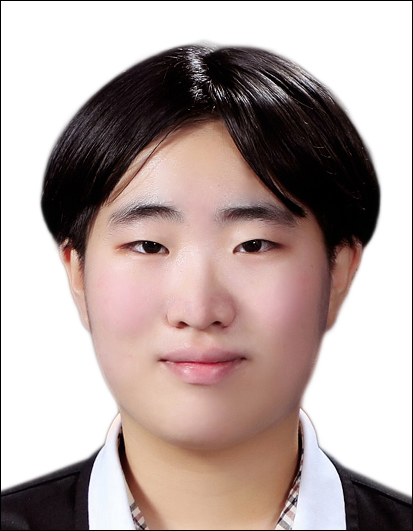
WON Heejoo
WON was in second year of middle school when she started to have interest in making movies, therefore went through the entrance exam to pursuit her studies in Korean Animation High School. She is majoring in film production and studying multiple mediums.
